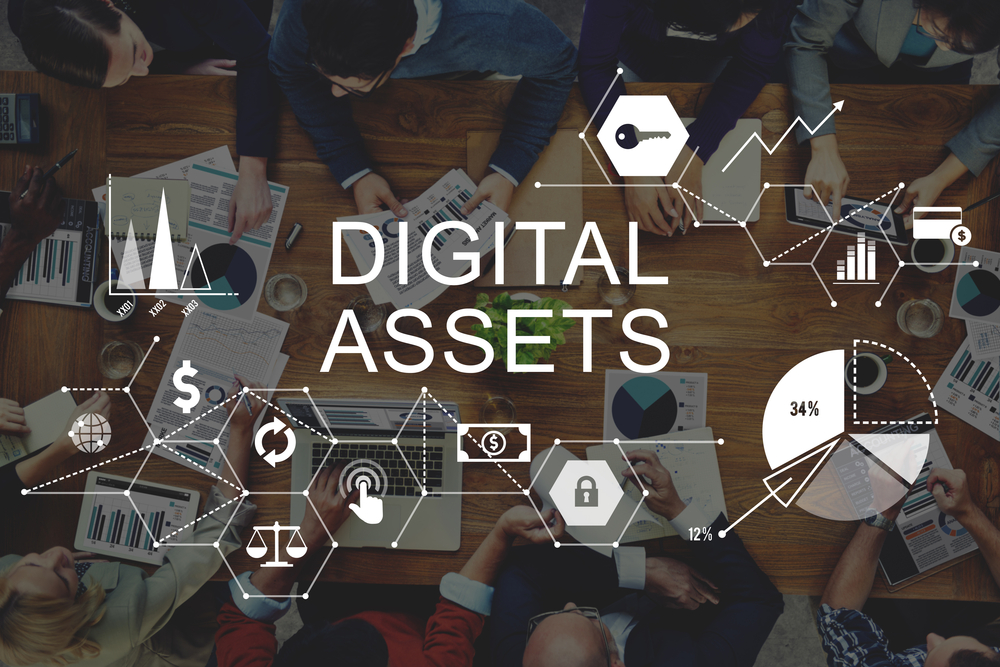The 21st century is branded the “digital age”, thanks to the level of technological advancement that the period has experienced and is still experiencing. It is the digital age where speed, accessibility, security, and constant interactivity are the basics for everything.
It is in this light that businesses have also stepped up their games. Gone are the days when business activities were carried out manually at a slow speed, owing to lack of viable technology that could hasten various processes. Luckily, tech advancements have made things faster.

In today’s world, to get the desired results in your business, it seems like the only way to go is to embrace technology and go digital. And, one way of doing that is by adopting modern and advanced strategies, such as Digital Asset Management or DAM. It has made anything business-related so much easier and better.
Table of Contents
What Is Digital Asset Management?
Amongst the many programs and software created for ease of any activity, the DAM is one of the most important ones. It is a tool, an operation, a system, and a process that deals with storage, organization, and sharing of digital assets (documents, photos, videos, etc.) in one single and central location for easy access and usage.
In any business, asset usage and processing are the backbones of all operations, from clientele details to work files, documents, and so on, all of which are necessary assets that help ensure clients get what they want the way they want it.
For such a basic yet cumbersome process of give and take in business, there is the need for a central operating system. Digital asset management serves as the central system that supplies the necessary digitized materials, along with other adjoining processes, for a smooth final product delivery.
Benefits Of Digital Asset Management (DAM)
Irrespective of the kind and size of any business, asset management is necessary to ensure a seamless operation and final product distribution. In the age of digital supremacy and focus, there are so many reasons why businesses and enterprises should make the most of all of the benefits of digital asset management. Some of these reasons are:
- Easy And Constant Access: In today’s world, you can almost conduct any business activity anywhere and anytime. However, to achieve that, you need a constant supply of information, as well as easy access to stored data and databases.
Digital asset management makes all that simple–with its centralized feature, all the necessary tools for any business execution can be easily accessed and utilized anytime and anywhere.
- Safety Of All Your Digital Assets: Digital asset management software and processes do not only keep all your digital assets in a single location, but also keep them safe.
Only people with direct access codes and passwords can access any data stored in a DAM system. For added security, there is also a regular backup process carried out by the DAM software to make sure all your assets and data remain intact.
- Digital Assets Delivery Becomes Easy: Many businesses struggle with getting the digital assets and final products to clients on time and with ease without experiencing a break in transmission.
With digital asset management, the transmission chain of activities is unbroken as all processes are automated. Final products are automatically transferred or delivered to clients and at a fast speed, providing the ultimate customer service experience.
- Quality Assurance: With many forms and types of digital assets available, there is the question of the quality of such assets. Digital asset management not only stores all digital assets, but it also provides a quality review of all existing assets. It offers informative ways of producing quality materials for cases where the quality is questionable and for future purposes.
- Master Versions Only: Duplicates are a significant issue when it comes to digital assets. Many times, due to a lack of a centralized system, storage assets are duplicated, thereby reducing quality and consuming viable storage space.
With DAM, the presence of a central storage unit is guaranteed, and this ensures that all assets are stored in their master versions or master files, thereby eliminating data wastage and protecting the sanctity of the assets.
Conclusion
Digital asset management (DAM) as a system of processes has been designed for businesses to experience utmost ease when carrying out vital operations. With it, there is a guarantee of safety, control, accessibility, quality retainment, and many others. By maximizing the benefits of DAM, you can streamline your processes towards improving efficiency and targeting customers more effectively.

